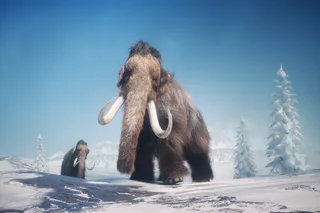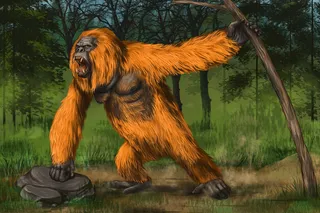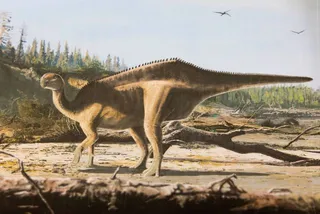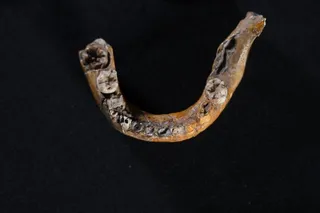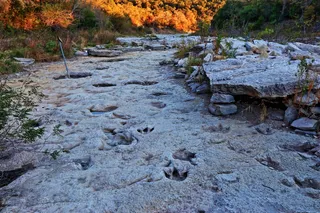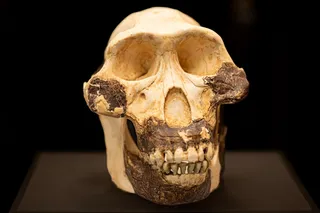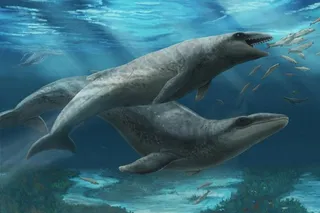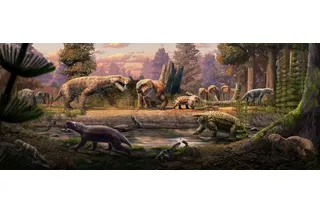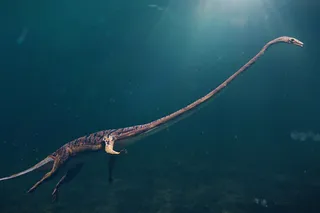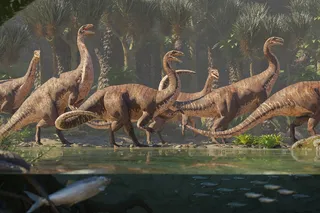Fossils tell us the world over about life on Earth before humans existed — they can help us understand what the climate was like, what creatures lived on the planet, and what caused significant changes in their evolution.
Understanding how fossils are formed, where they're best preserved, and where they are found is imperative for experts to piece together their mysteries.
Fossils offer us a glimpse into a past. They are the remains or traces of organisms that existed in the geological past, encapsulating a moment in time that ranges from a few thousand years to an astonishing several billion years old.
When paleontologists hunt for fossils, they can encounter two different types. The first, "body fossils," are the remaining parts of the animal, like shells, horns, bones, and teeth. The second, "trace fossils," are the tracks and traces organisms may have left behind, like burrows or prints in the ...




